AJB Temple
Finely figured
Excellent work and a lovely thread.

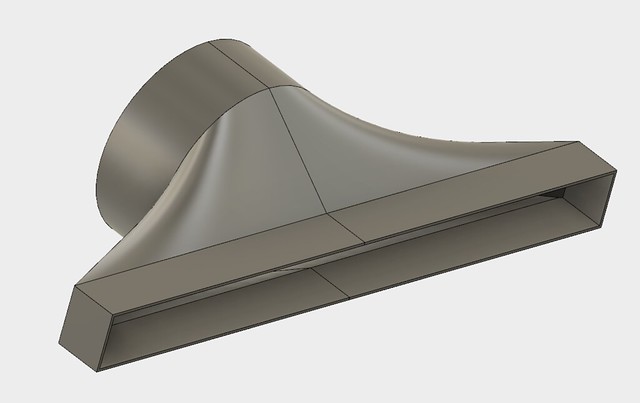
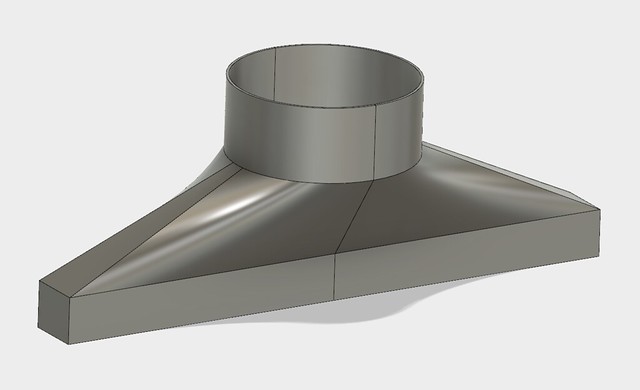
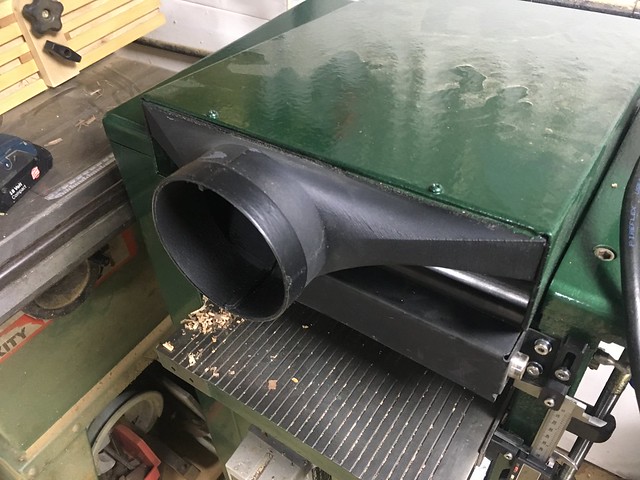
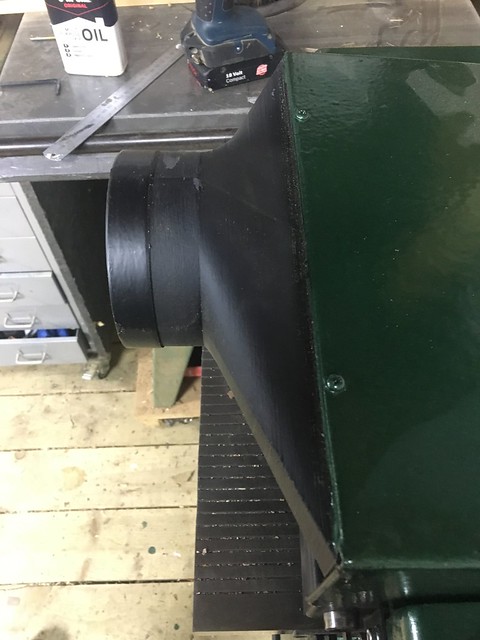
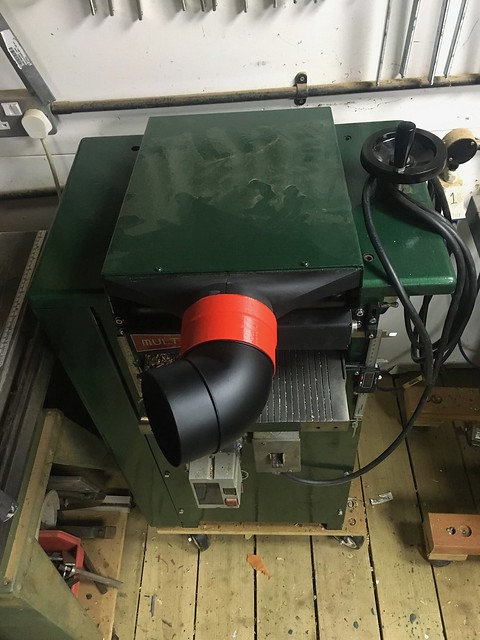
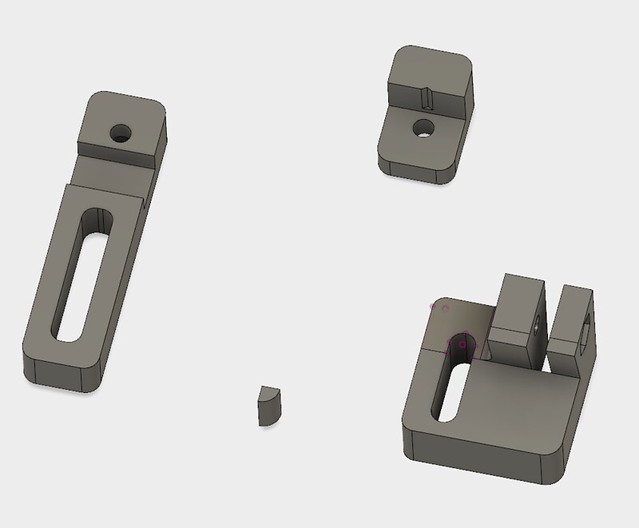
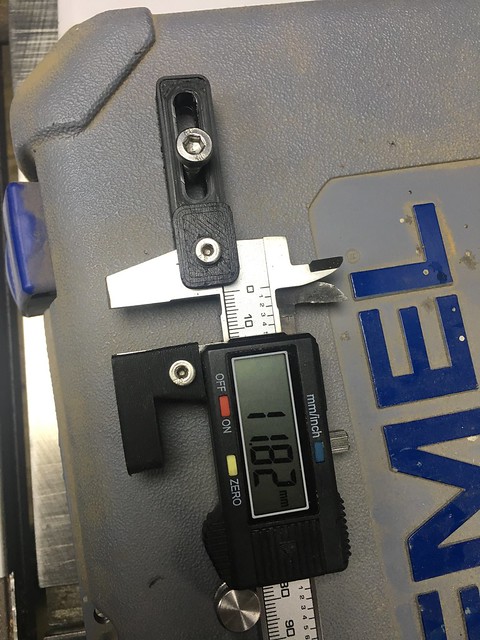
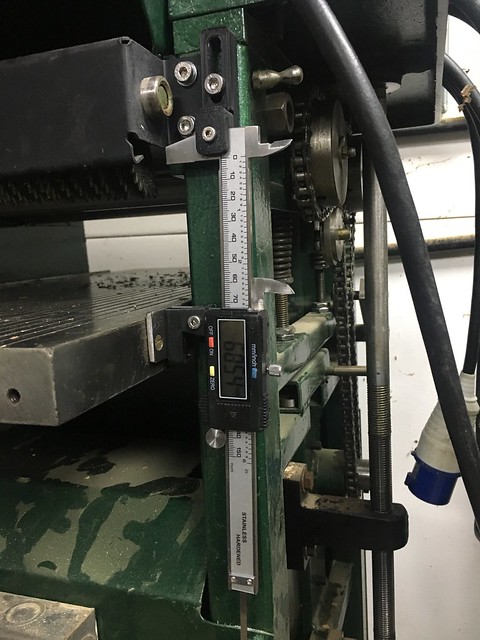
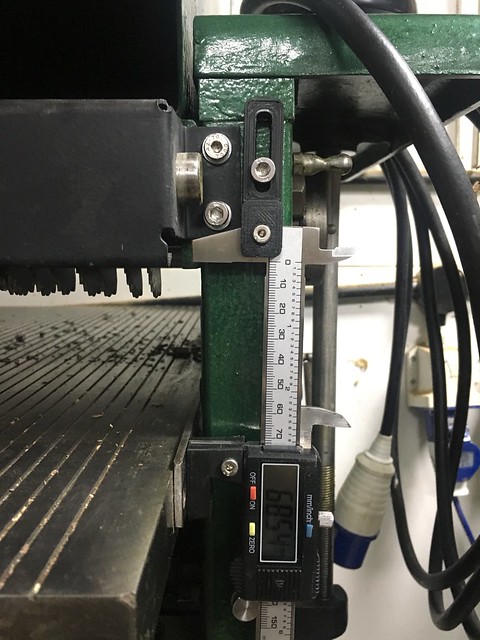




DedhamMayor":18nqmyff said:You have inspired me to restore the TH1 machine I bought second hand some 15 years ago. You have made a fantastic job here and renovated a great tool. I set my blades very simply with the method of "shifting" a wood plank 5mm on the base plate. The method is accurate, simple (due to the really straightforward adjusting mech with the TH1) and cheap (well free actually!), I get great results when new blades are fitted with this method.
One big question .... Mine has the original on/off switch which is somewhat unreliable these days as it will start cutting out after 20mins use (when it gets warm it seem to drop out). I see your machine has a much different arrangement. Have you replaced the switch? I'd really appreciate some advice on the alternatives I could use (and where to source them from) as the current zero volt and load cut out seems valuable but also has the disadvantage that the Amp load on start up is pretty significant (I guessing the relay/capacitor arrangement causes an initial surge)
Thanks in anticipation .... Ian
What are the belt sizes you use on your TH1? I cant seem to find any literature on it.